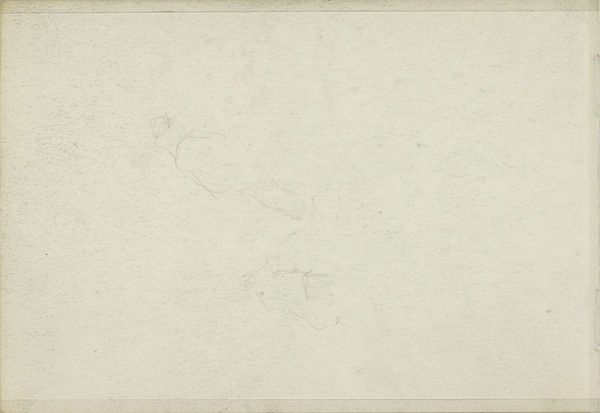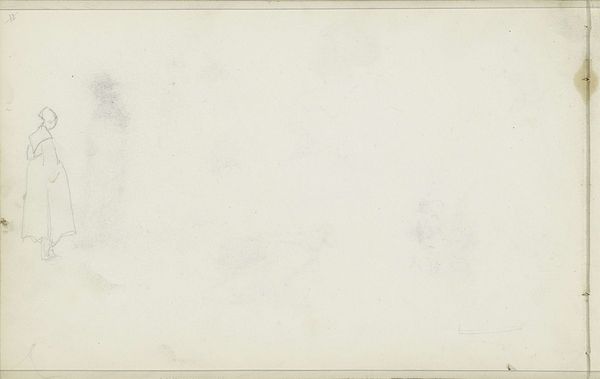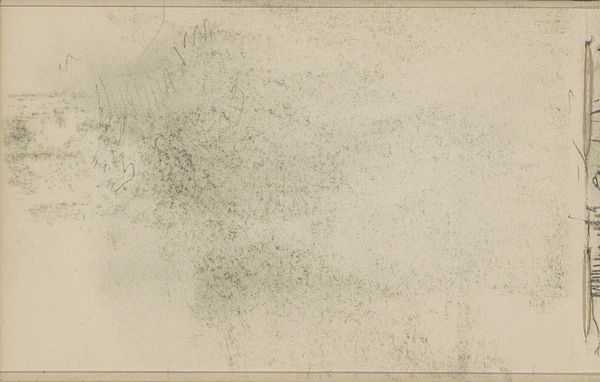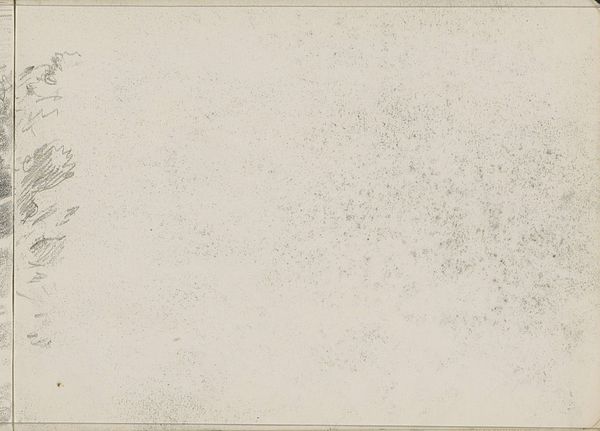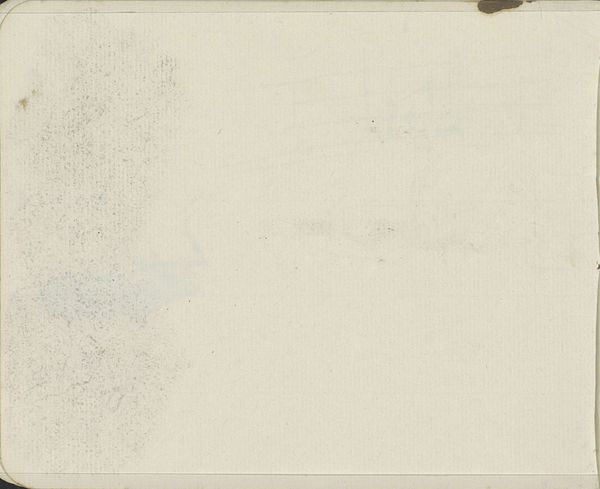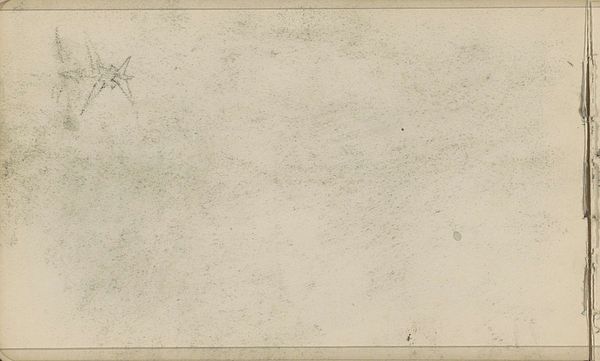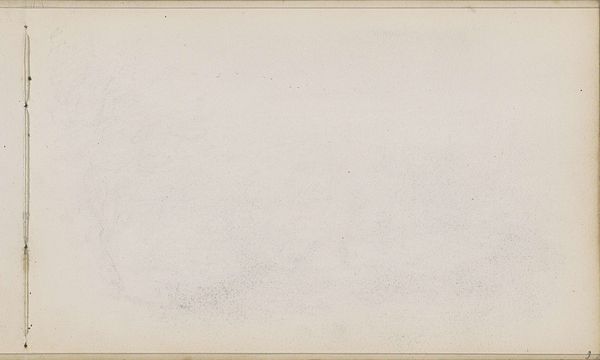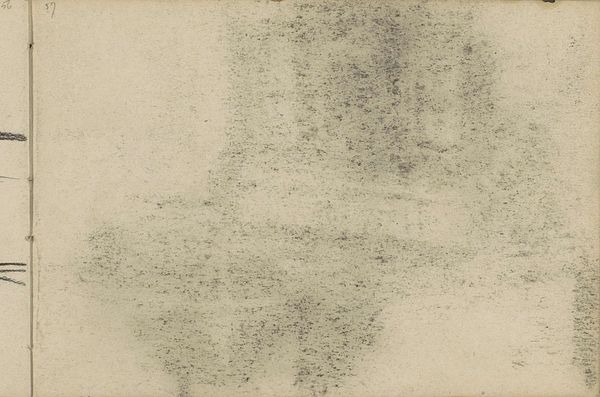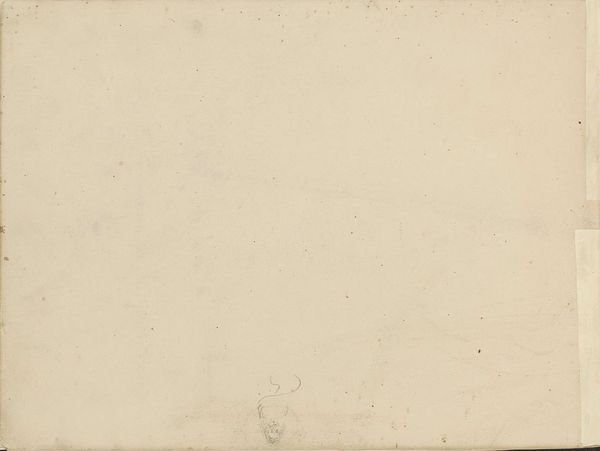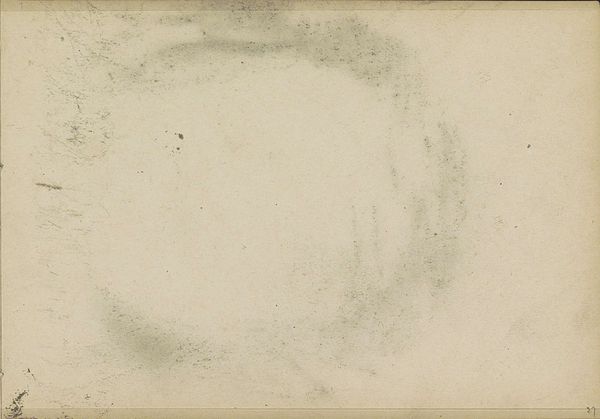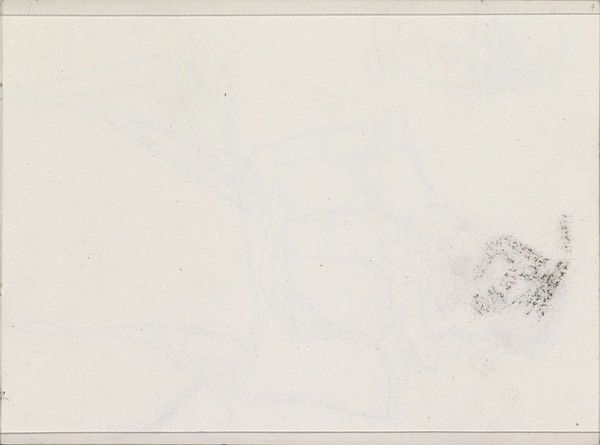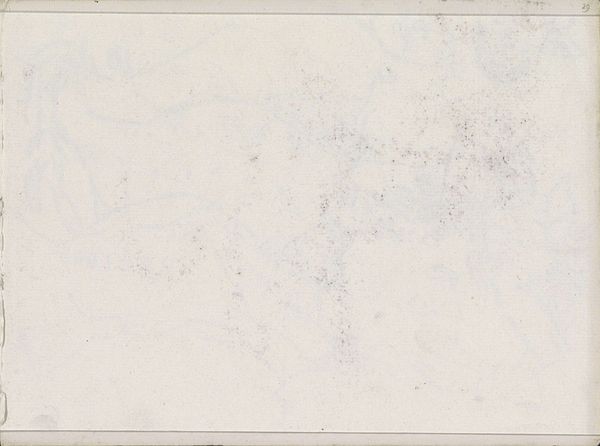
drawing, pencil
#
pencil drawn
#
drawing
#
landscape
#
etching
#
mountain
#
pencil
#
cityscape
#
watercolor
Copyright: Rijks Museum: Open Domain
Curator: At first glance, this drawing appears as faint as a memory. The title is "Gezicht op een stad met een kerktoren in de bergen," or "View of a city with a church tower in the mountains," attributed to the Dutch artist Bramine Hubrecht, dating from somewhere between 1865 and 1913. Editor: It has a ghostly quality. The washes of watercolor and light pencil strokes give the impression of a city half-erased, or perhaps in the process of emerging. You can almost feel the grain of the paper and the delicate way she applied the pigments. Curator: Hubrecht, who was involved in the Dutch Arts and Crafts movement, would likely have viewed these very processes as integral to the artwork. Look at the conscious interplay of textures – the smoothness of the paper contrasting with the deliberate blurring of the architectural forms. It begs questions about art production. Was it purely for personal study or something intended for larger distribution, perhaps as part of a print? Editor: Knowing its placement here, in the Rijksmuseum, is significant too. How was a piece that seems so tentative and incomplete chosen to be preserved and presented? What narrative does its inclusion build about artistic practice at that time, or about our evolving appreciation of incomplete works? Curator: Precisely. Hubrecht's commitment to detailed execution, though faint, is obvious. These choices about medium and her subtle skill reflect back onto prevailing art movements of the period, from romantic landscapes to impressionistic styles. Editor: I keep returning to this piece, wondering if she deliberately created this effect, emphasizing transience perhaps in line with evolving urban conditions, making something substantial like architecture, so frail, temporary even? It makes me wonder about what and whose visions the museum has chosen to elevate through its acquisitions over the years. Curator: Ultimately, viewing this work through the lenses of process and history invites contemplation on art's social and political significance. Editor: Yes. It encourages questioning prevailing narratives and our active role in ascribing significance.
Comments
No comments
Be the first to comment and join the conversation on the ultimate creative platform.

